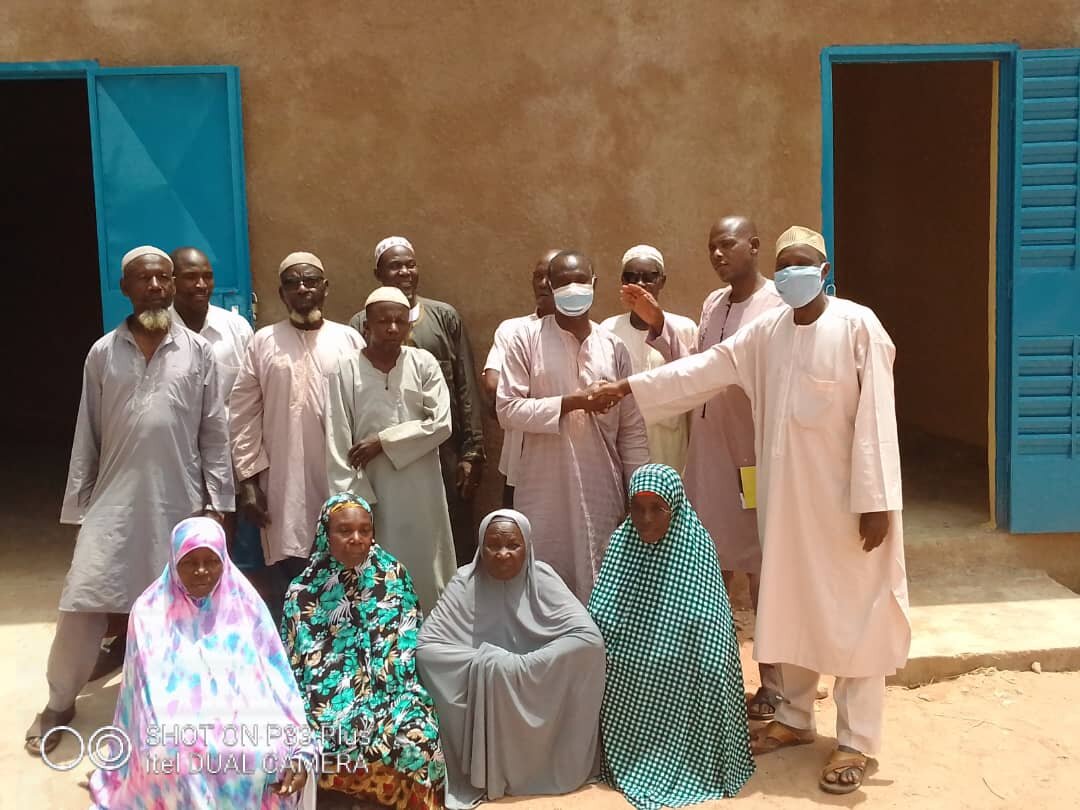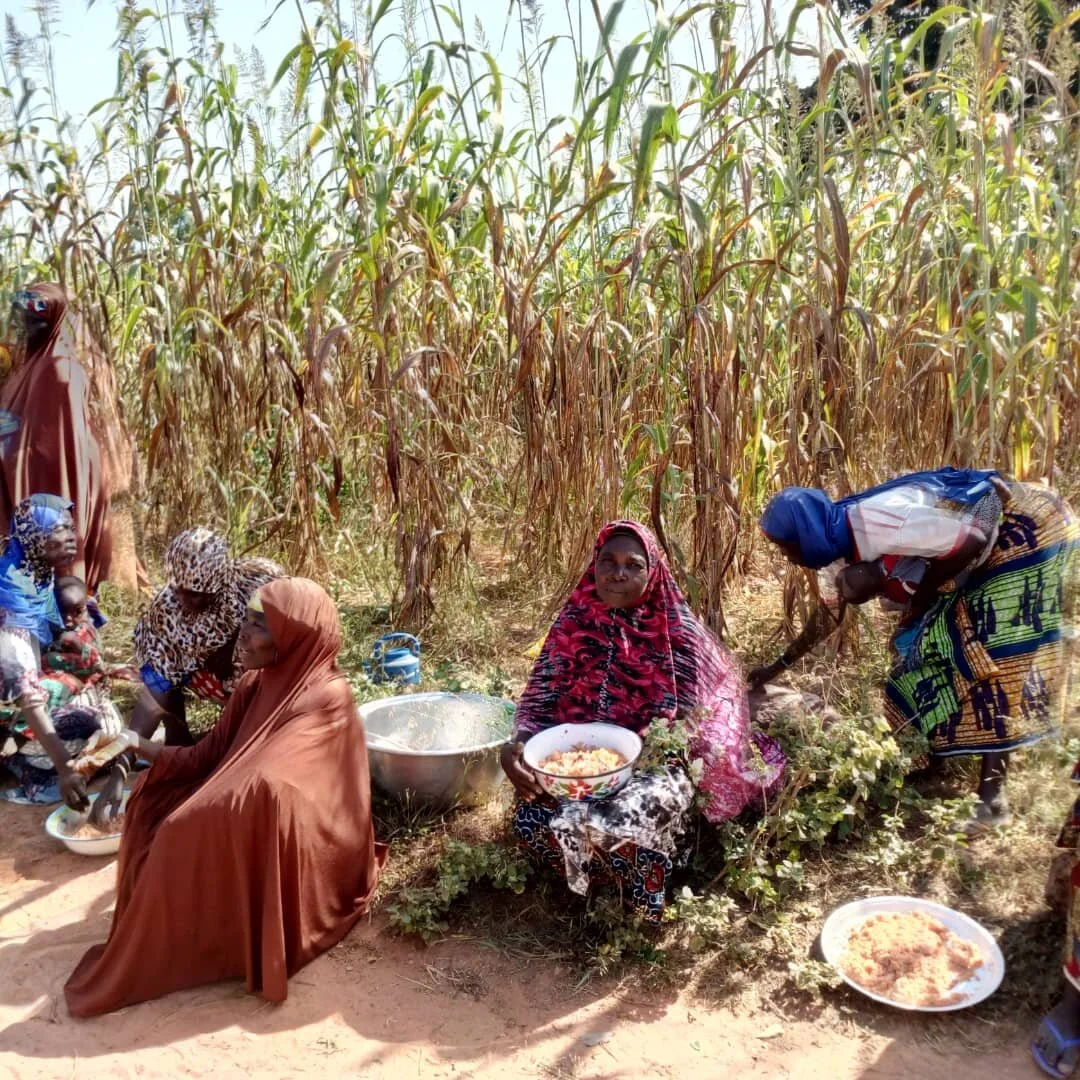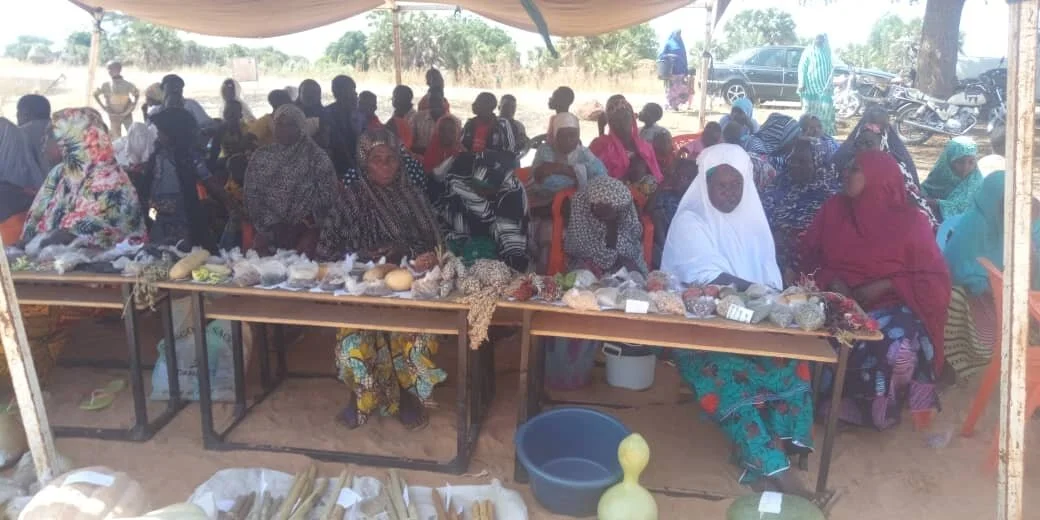A Winning Project in Niger
4 Diversity Field for 4 Diversity Fairs and 2 new Community Seed Banks
How the failure of harvesting and data collection returned in successful project outputs
The project objective of was to enhance the capacity of Niger's agricultural and pastoral sectors to cope with climate change in four sites (Gaya, Say, Tillaberi, Zinder).
How?
Establishing four Diversity Field Fora, organizing 4 Diversity fairs and building two new Community Seed Banks
Despite several challenges (e.g. adverse climatic conditions and locusts’ attacks, difficulty in data collection and management) this experience resulted in a number of significant and encouraging achievements under goals’ areas and even more!
1. Knowledge sharing and capacity building; through the unique opportunity of weekly visits to the field along the whole growing season farmers learnt:
- the advantages of working together as team
- to observe and compare the behaviour and performance of the different varieties and their reaction to the biotic and abiotic stresses,
- to understand the importance of the seasonal calendar
- to appreciate the differences among varieties in adapting to the different environment and stresses
- to pay attention to different growing stages
- to appreciate differences among varieties for tillering capacity, germination and flowering time, maturity time, lodging, etc., which will be taken in consideration in future when choosing varieties.
2. Diversity Field Fora foster exchange of knowledge among farmers and between researchers and farmers. Even though the data collected did not allow any rigorous analyses, the following goals show how successful the activity was and how well the principles of the Diversity Field For a have been understood:
- all farmers in the four sites decided to continue working together in the next season without the project financial support.
- In Say the members of the Diversity Field Forum decided to increase the area of the land to be worked in common to be able to assess a bigger number of crop varieties.
- In Gaya, farmers decided to move the Diversity Field Forum to a more fertile land.
- In Zinder, several new farmers have requested the possibility to join the Diversity Field Forum. The requested was declined for the current season; but they are considering creating two groups in the future.
3. Diversity fairs. Four diversity fairs held in 2018 in each site offering a unique opportunity to display the agrobiodiversity in the managed area and providing the opportunity of exchanging materials between farmers. Indeed the winnings have been:
- An average of 200 participants to each event
- The great goal of a 40% of female participating
- Arisen interest of many young people from neighbouring villages
- Extension and research staff collected germplasm of interest
- Some spontaneous markets took place and several products were sold or exchanged, including seeds.
4. Community Seed Banks. And what about the two Community Seed Banks built in the sites of Gaya and Say? Was this successful? How can a storage building show to be “successful”? First of all, let us mention that:
- In Gaya the Head of the village granted some land to construct the Community Seed Bank
- In Say one the land was given by one of the members of the Diversity Field Fora group.
This commitment underlines the appreciation and high value given by local communities to the proposed activities. Furthermore:
- Thanks to the social cohesion developed during the DFF the members of the DFF group agreed on engaging in the construction f the CSB
- During the planting season of the Diversity Field Fora the members developed a strong sense of belonging, and they all agreed in engaging in the construction and management of the Community Seed Bank in their villages, and
- Discussed the benefits and commitment required to become member of the Community Seed Bank;
- All farmers expressed their interest to become members. Under our three main areas
5. Side projects: self funding. Least, but not last, a side project was launched to promote local economy and a mechanism of local sustainability of the implemented project:
- in Taouha and Gaya it was introduced a funding mechanism, "Association villageoise d’épargne et de crédit " (AVEC), to promote saving and facilitate credit among farmers, which has resulted with some with cash availability for the Diversity Field Fora farmer group.
- in Taouha: the members of the Diversity Field Fora have also developed an additional funding source by envisaging a small contribution to be paid by the farmers who are unable to attend the weekly meeting in the field
Eventually, in summary we can say that participating farmers enjoyed the exercise and demonstrated to have a good understanding of the benefits deriving from working together as a group and sharing knowledge.




